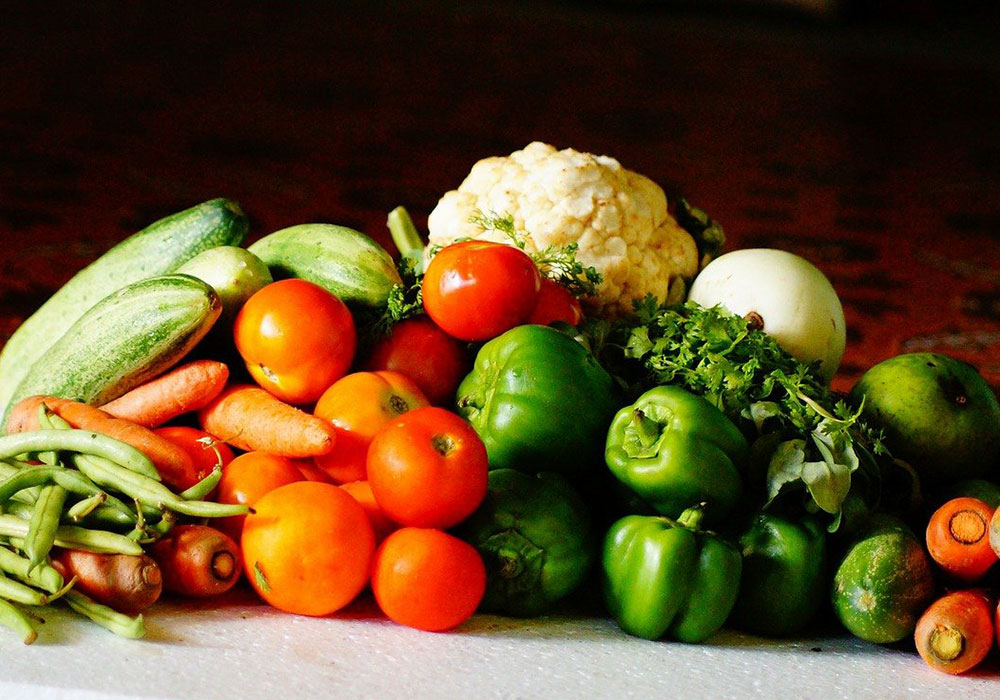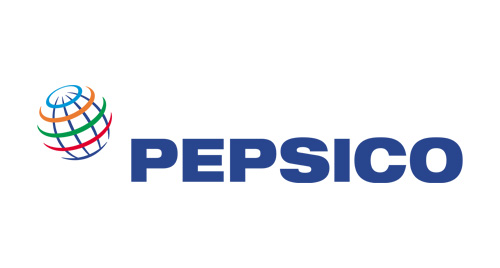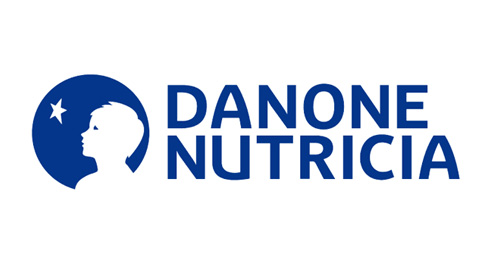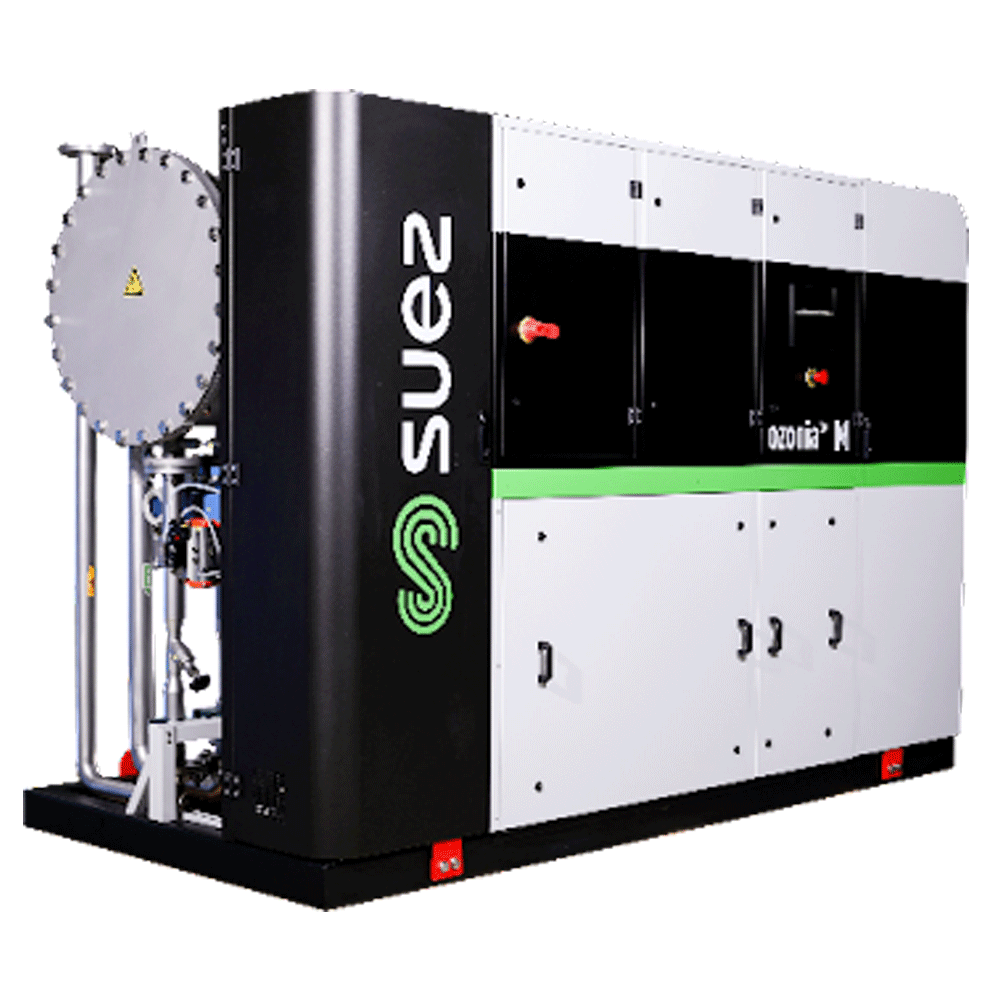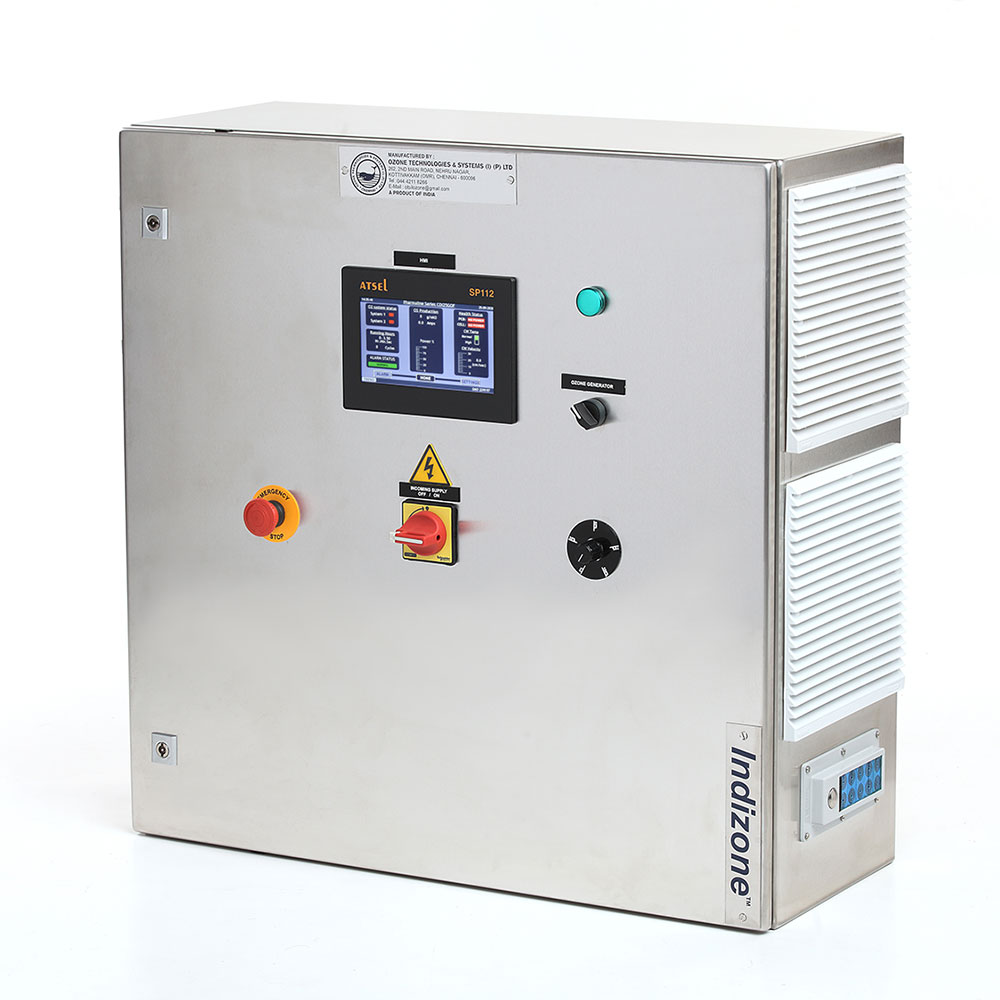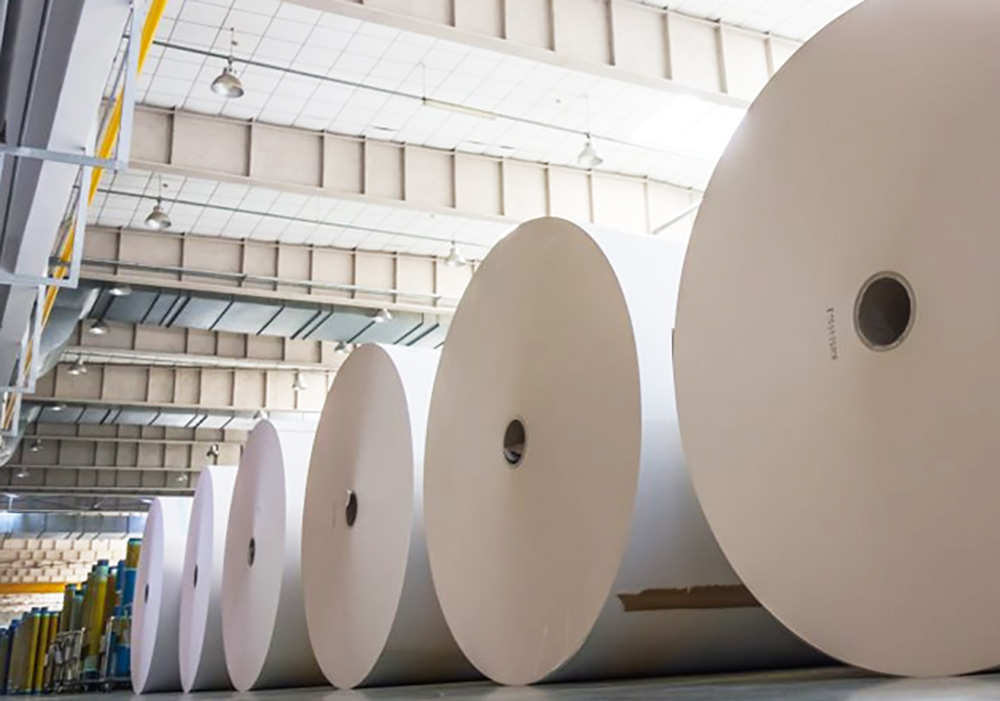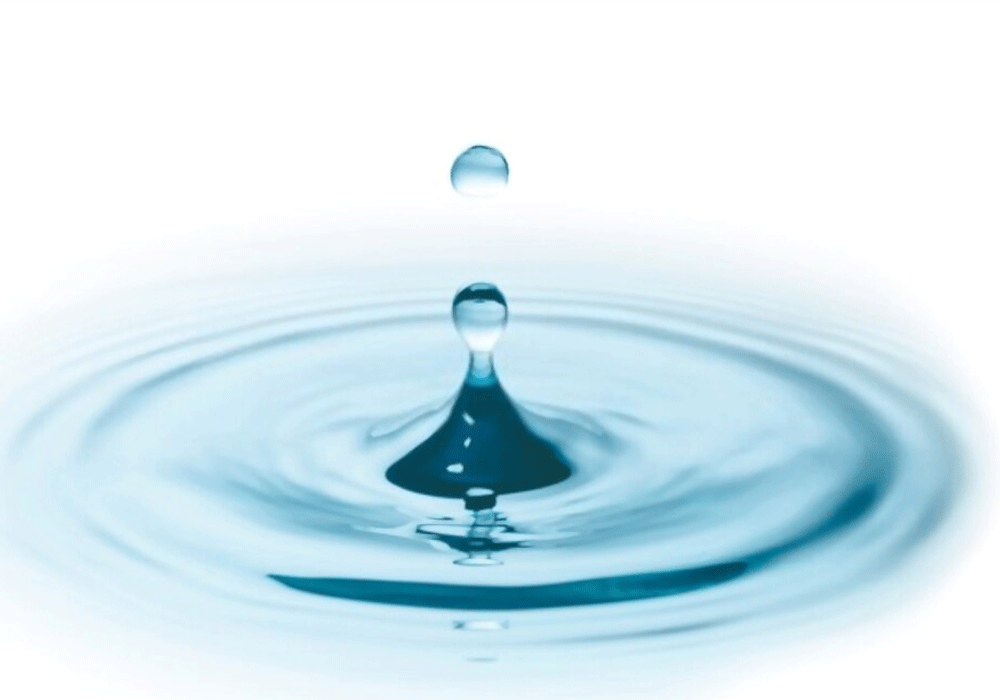- Home
- »
- Applications
- »
- Food Processing
Food Processing
- Reduces water consumption, and allows reuse of water
- Removes pesticides and fungicides and other micro pollutants
- Improves shelf life by delaying spoilage and over ripening
- Improved sterilization
- In the United states, a substance either has to be declared as GRAS by a recognized panel of food experts, or approved as a “food additive” by the USFDA for it to receive widespread acceptanceThe strength of the case for using ozone may rest with its versatility and environmental benefits over some existing food sanitizing methods. Ozonated water can be used on food products as a disinfectant wash or spray. When dispersed into water, ozone can kill bacteria—like E. coli—faster than traditionally used disinfectants, such as chlorine.Ozone also kills viruses, parasites, and fungi. The U.S. Environmental Protection Agency, in conjunction with the Safe Drinking Water Act of 1991, confirmed that ozone was effective in ridding water of hazardous pathogens, including chlorine resistant Cryptosporidium.Coupling two processes ;washing food with ozonated water and the subsequent ozonation of the recaptured water reduces the amount of water needed in the food washing system (which lowers costs, particularly for high water users such as fruit and vegetable packers and processors).In addition, any wastewater discharged by an ozonation process used as a substitute for conventional chlorine-based food washing and spraying systems, is free of chlorine residuals, a growing environmental concern in groundwater pollution.
Food products treated with ozone are also free of disinfectant residues.Ozone also acts as a disinfectant in its gaseous state. It can be applied to sanitize food storage rooms and packaging materials, which may help to control insects during storage of foods and prevent spoilage of produce during shipping.Gaseous ozone is also listed as an alternative disinfectant for water-sensitive produce.



